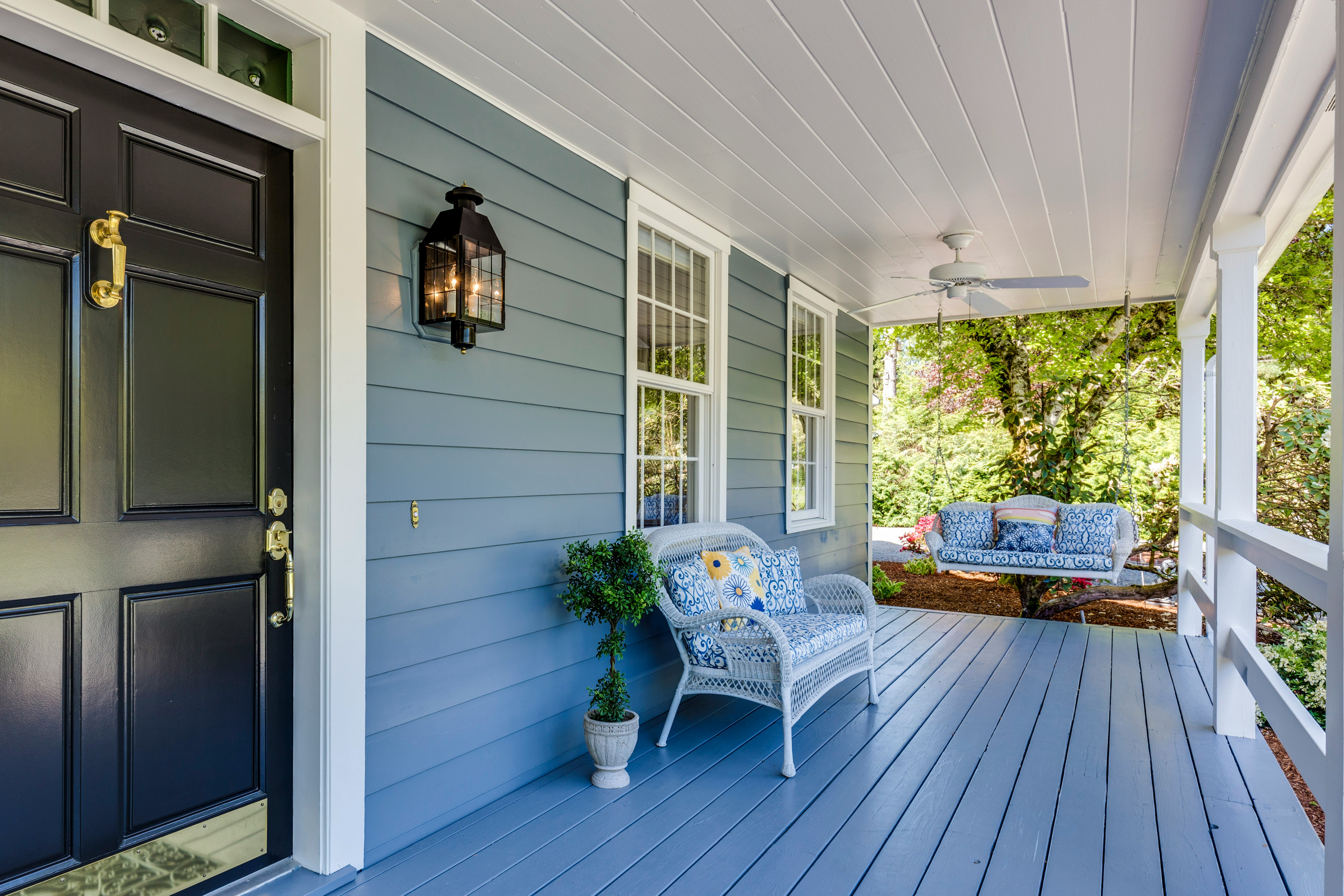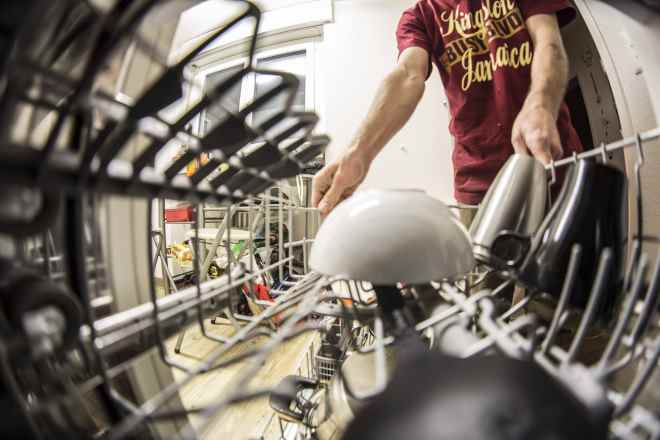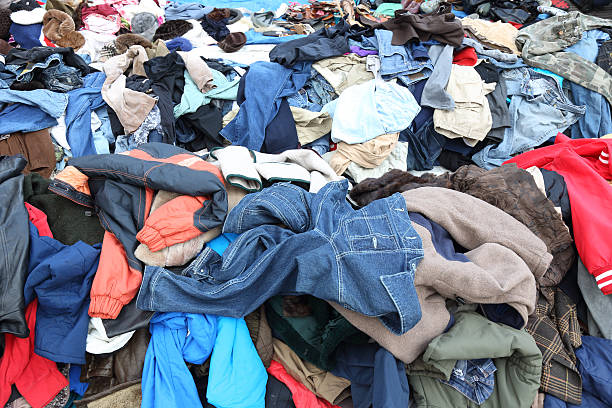Make your daily life easier: Sharing some useful tips from everyday life in Australia
In everyday life in Australia, people often use simple methods to improve their daily efficiency. From organizing household items to energy-saving tips, many families employ these simple techniques to keep their homes tidy and save time, thus making their daily routines smoother.

Home improvement tips for Australian conditions
Australia’s climate demands specific approaches to home maintenance and improvement. During summer months, when temperatures can soar, consider installing window reflectors between window panes and curtains to bounce heat away from your home. For those in older homes with gaps around doors and windows, use draft stoppers or weather stripping to prevent air leakage—critical for both summer cooling and winter heating efficiency.
Another practical home improvement hack involves using shower caddies in unexpected places. Beyond the bathroom, these versatile organizers work well in the laundry room for storing cleaning supplies or in the garage for organizing tools. For Australians dealing with hard water in certain regions, descale showerheads by soaking them in white vinegar overnight—a simple solution that can restore water pressure without expensive replacements.
Energy saving hacks Australia residents swear by
With electricity prices continuing to concern many Australian households, energy-saving hacks have become increasingly valuable. One simple yet effective approach is to switch to LED light bulbs, which use up to 80% less energy than traditional incandescent bulbs and last significantly longer—an investment that pays for itself quickly in the Australian climate where lights might run for extended hours during winter months.
Consider using power boards with individual switches to eliminate standby power consumption from electronics. This is particularly relevant for entertainment systems where multiple devices may be drawing phantom power. During hot weather, instead of immediately turning to air conditioning, create a cross-breeze by strategically placing fans near windows on opposite sides of your home—this works especially well during cooler evenings when the temperature drops outside.
Cleaning tips for busy families
For time-poor Australian families, efficient cleaning routines can make a significant difference to daily life. Create a “15-minute clean-up basket” for each room—when you notice items out of place, toss them in the basket and deal with them during a dedicated 15-minute sorting session later. This prevents the constant back-and-forth of returning items to their proper locations throughout the day.
Make cleaning products work harder by giving them time to penetrate. Spray bathroom surfaces with cleaner and then prepare lunches or fold laundry before returning to wipe down—this allows cleaning agents to dissolve grime more effectively, requiring less scrubbing. For stubborn shower glass with hard water stains (common in many Australian regions), use a solution of equal parts dishwashing liquid and warm white vinegar, applied with a dish wand kept in the shower for quick cleaning during your regular shower routine.
Smart living tips for Australian households
Smart home technology offers unique benefits for Australian lifestyles. Consider installing smart plugs on air conditioners and heaters to create automated temperature control based on weather forecasts—especially useful during Australia’s sometimes unpredictable seasonal changes. These devices can be programmed to adjust according to Bureau of Meteorology data, optimizing both comfort and energy use.
For grocery shopping, create a standardized shopping list template based on your supermarket’s layout, whether you shop at Coles, Woolworths, or IGA. Keep this list in a shared digital location accessible to all family members, allowing anyone to add needed items throughout the week. This reduces shopping time and prevents forgotten purchases. Additionally, designate a specific location for frequently misplaced items like keys, sunglasses, and hats—particularly helpful during Australia’s sunny days when these items are constantly in use.
Home organization hacks that work in any space
Australian homes come in various sizes and styles, from compact inner-city apartments to sprawling suburban houses. Regardless of your space, using vertical storage solutions can maximize efficiency. Install hooks on the insides of cabinet doors to hang measuring spoons, oven mitts, or cleaning supplies, freeing up drawer and shelf space without visible clutter.
For Australians dealing with seasonal clothing transitions between hot summers and cooler winters, try the “one in, one out” rule—when you purchase a new item, remove something similar that you no longer use. This prevents accumulation while maintaining a manageable wardrobe. Consider using vacuum storage bags for off-season items, which can reduce storage volume by up to 75% while protecting clothing from dust and pests common in many Australian regions.
Uniquely Australian sustainability hacks
Australia’s environmental challenges call for sustainability-focused lifehacks. Collect shower warm-up water in a bucket for watering plants—particularly valuable during water restrictions in drought-prone areas. For those with garden space, consider creating a simple greywater diversion system from your washing machine to water-tolerant plants, checking first with local council regulations.
Transform empty Vegemite jars into storage containers for spices, craft supplies, or office items—their dark glass helps protect contents from Australia’s intense sunlight. For eco-friendly pest control suited to Australian conditions, use spent coffee grounds around garden edges to deter snails and slugs, or place eucalyptus leaves in pantries to naturally repel many household insects common throughout the country.
By implementing these practical, Australia-specific lifehacks, you can create a more efficient, organized, and sustainable home environment tailored to local conditions and lifestyle needs. Start with a few that address your most pressing challenges, then gradually incorporate others to transform your daily routines.




